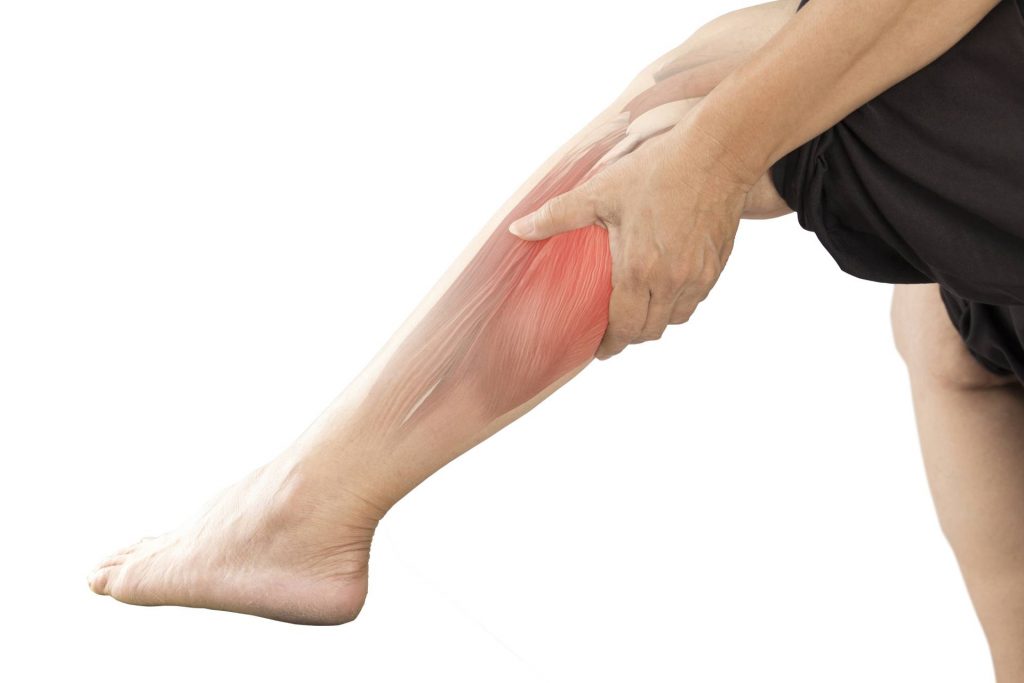When to talk to your doctor about nerve pain in your lower leg
- Desert Spine & Scoliosis Center

- Feb 28, 2023
- 3 min read

We get a lot of questions about when to talk to your doctor about nerve pain: in the lower leg, in the lower back, in the upper leg and hips, and in the foot. The most simple answer is that if you are experiencing nerve pain in your lower back and legs, it is probably a good idea to talk to your doctor. That said, let’s take a closer look at when to make that call.
How do I know if my leg pain is nerve pain?
There are a few ways to tell if you are experiencing nerve pain. As we’ve said before on our blog, nerve pain in the lower leg and foot, for example, may range “from pins-and-needles, tingling to fiery electrical shock sensations, and from a dull ache to searing shooting pain.”
You may experience nerve pain:
In the front of the leg
In the back of the leg
Down the calf
Into your feet
It is not uncommon to experience this type of pain in just one or two of these areas, as opposed to all of them.
Some people experience leg pain from a pinched nerve in the lower back, though that may be a catch-all phrase for spinal stenosis or sciatica. And while nerve pain in the leg may be attributed to peripheral neuropathy or an injury to the peroneal nerve, lower back pain and nerve pain in the leg are not usually synonymous. While nerve pain in the leg may be attributed to peripheral neuropathy or an injury to the peroneal nerve, nerve pain in the leg can also be related to an issue within your spinal canal from your back.
Spinal Stenosis
Spinal Stenosis is a narrowing in the spinal canal that then presses on the nerve roots that branch out from the spinal cord and run down the leg. Spinal stenosis may cause nerve pain including numbness, weakness, cramping, or tingling in the legs.

Sciatica
If you are experiencing nerve pain that travels down the leg, you may have sciatica. With this condition, inflammation or injury to the sciatic nerve might cause, as The Cleveland Clinic explains,
“Mild to severe pain anywhere along the path of the sciatic nerve – that is, anywhere from the lower back, through the hips, buttocks, and/or down your legs. It can also cause muscle weakness in your leg and foot, numbness in your leg, and an unpleasant tingling pins-and-needles sensation in your leg, foot, and toes.”
If your doctor suspects that you may be experiencing sciatica, treatments may include conservative therapy like ice or physical therapy, or something more invasive like surgery if necessary.
When to talk to your doctor about nerve pain in your leg
If you experience any of the following, it’s time to call a spine specialist:
Nerve pain that travels down the leg (possible symptoms of sciatica pain)
Pain that keeps you awake at night
Pain that prevents the activities of daily life
Pain that is not controlled by Tylenol or NSAID pain relievers
Your first point of contact, in most cases, will be your primary care physician. They can help you explore your risk factors, and start some more conservative measures to relieve the nerve pain, in your lower leg, foot, or elsewhere. They may try a range of things that might include physical therapy, interventional pain management, or other treatments to encourage pain relief.
Depending on your symptoms, imaging such as an MRI may be necessary.This test will help confirm whether your nerve pain is coming from something related to your spinal cord, like sciatica or a herniated disc, and not from peroneal neuropathy or another non-spine-related condition.
If your primary care physician determines that the nerve pain in your lower leg is caused by something related to your back, they may refer you to a spine specialist like Dr. Baig at Desert Spine and Scoliosis Center. Like your PCP, Dr. Baig will try all appropriate conservative measures to relieve the nerve pain in your lower back and legs, before exploring surgical options.
To learn more about how to treat nerve pain in your lower leg, or elsewhere, book a consultation today.
_PNG.png)



Comments